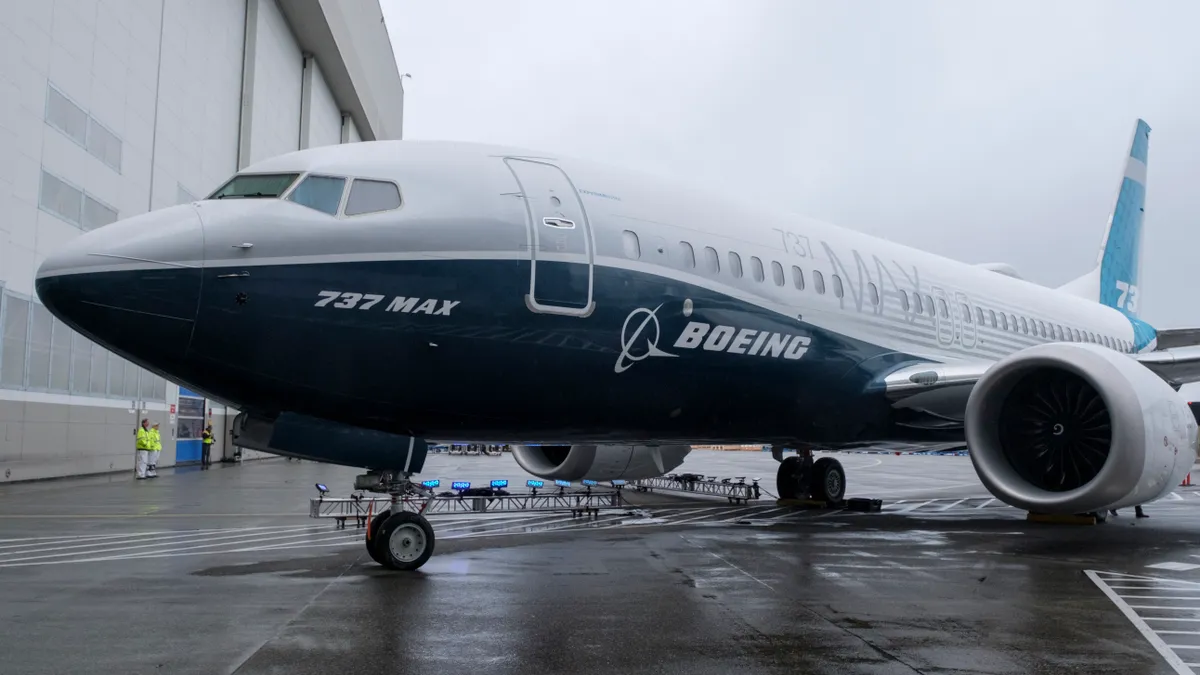Dive Brief:
- Spirit Aerosystems reported a 76% widening of its operating loss in Q4 as the manufacturer faced multiple supply chain challenges.
- Spirit and its suppliers experienced labor attrition, which fueled parts shortages and other disruptions last year, President and CEO Tom Gentile told analysts Tuesday. Expedited shipping of components to customers exacerbated the forward loss reported by the company.
- The company, a supplier to Boeing and other aerospace players, said its 737, 787 and Airbus 350 programs suffered various combinations of parts shortages, production disruptions, and increased freight, material and labor costs.
Dive Insight:
Spirit has grappled with “production schedule volatility [from a] constrained supply chain throughout 2022,” said CFO and SVP Mark Suchinski. The disruptions have made ripples up and downstream from the aerospace company.
While the company’s earnings improved over the prior year, Suchinski noted that this was partly offset by “continued disruption in our factories, resulting from part shortages and labor challenges, which led to out-of-sequence work and operational instability.”
In Q4, the company logged a $114 million in forward losses mostly from its Boeing 787 and Airbus 350 programs. The A350 business took a $67 million charge on costs from labor and parts shortages, as well as manufacturing quality issues and additional freight to support our customer deliveries, Suchinski said.
The company suffered additional production disruption as it transferred production of parts from a supplier into Spirit’s facility in Kinston, North Carolina. Spirit has launched a recovery plan for the factory, which will add to its costs.
Other Boeing programs went through supply chain disruptions in Q4 as well. Parts shortages and “labor inefficiencies” in the 737 program exacerbated a backlog of work hours and out-of-sequence work, and operational and supply chain disruptions, along with increased freight and material costs, led to an unfavorable adjustment, Suchinski said.
But the finance chief also said that many of the company’s financial metrics improved over the past two years despite instability in its operations.
“As we enter 2023, we are working with our suppliers and our internal teams to stabilize production and position ourselves for higher production rates,” Suchinski said. “The focus on operational execution as well as optimizing our costs should enable us to improve profitability and cash flow as we move throughout 2023.”
Downstream, Boeing — which has seen strong demand for its products after a drop early in the pandemic — also felt pain in its supply chain over the past year. “Our realities are still the same — a difficult, difficult supply chain,” CEO and President Dave Calhoun told analysts in late January, adding that “we continue to face a few too many stoppages in our lines.”














